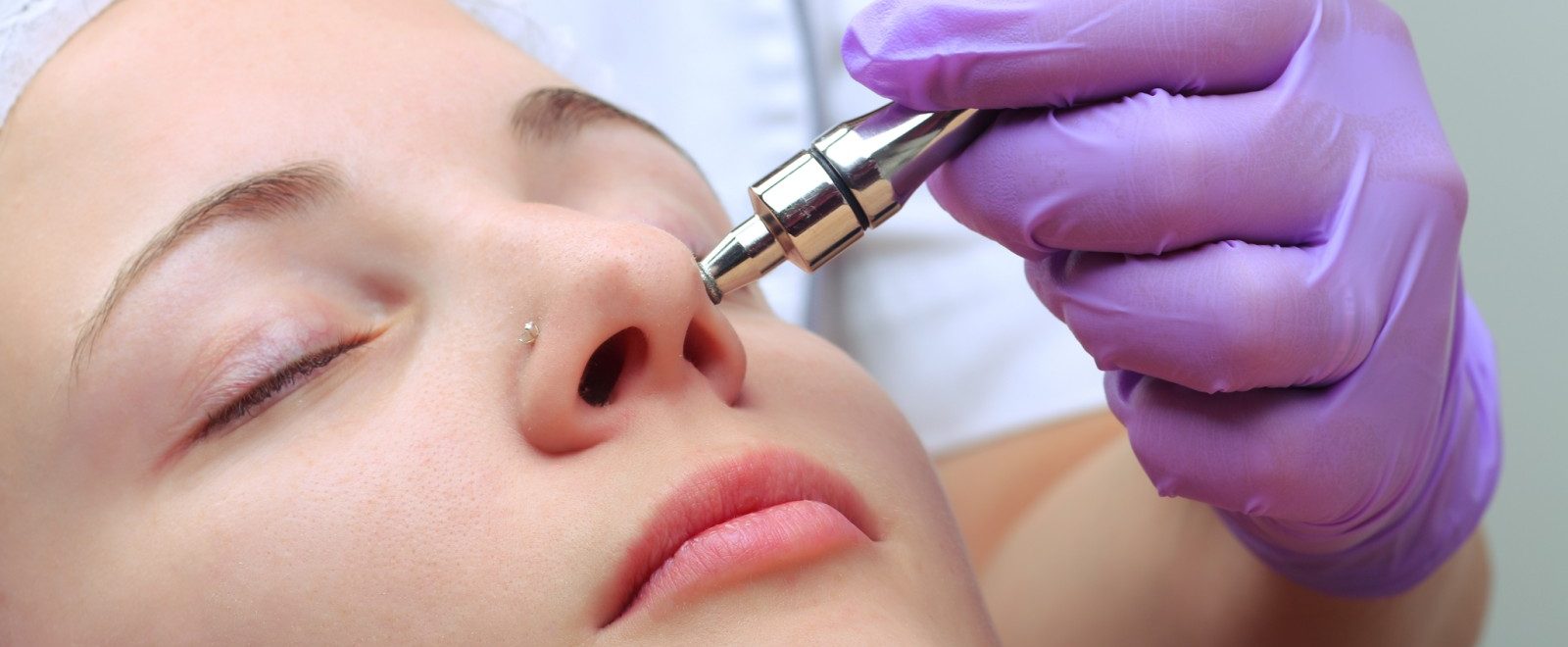Although acne is a skin disease that occurs primarily during adolescence, in many cases, it also continues to exist in adult life (adult acne can occur for the first time even up to, or after, the age of 40). It is a disease of the sebaceous glands of the skin, and the pore (duct), through which, their content (which is called sebum) is funneled to the skin surface. It is caused by excess sebum production, which results in blocking this pore. The situation is exacerbated by a germ that is called propionibacterium acnes, which causes the inflammation. These glands are mostly on the face, back, and chest, where increased oily skin is noticed.
Comedonal acne
Its symptoms are increased oily skin, dilated pores, uneven appearance, with pimples (closed comedones), and black spots (open comedones).
Papulonodular acne
It is characterized by a combination of more papules and nodules (pimples under the skin with a lump, which usually cause pain).
Papulopustular acne
It occurs with the development of papules (spots with a vivid red color) or pustules (red pimples that usually come with pus).
Cystic acne
It is characterized by deeper damage (cysts).
The sooner the application of the appropriate treatment starts, the faster the skin’s appearance will improve.
Causes
• Heredity, hormonal activity, stress
• Accumulation of dead skin cells
• Bacteria in pores
• Skin irritation can cause an inflammation
• The use of anabolic steroids, and drugs containing halogens, lithium, or androgens, or exposure to high chlorine levels
Treatment
Acne is a disease with a chronic course, which requires ongoing monitoring and treatment adjustment. The level of severity of acne is determined according to the clinical appearance, and each case is treated differently. It should be noted that an early treatment of adult acne is very important, because it prevents the formation of scars.
Recommended treatments are
• Local Medication applied locally
• Systemic medication (pills)
• In combination with treatments applied at a Dermatologist’s office (peelings, microdermabrasion, etc.)
Instructions
• Pressure should be avoided on the damage, because, in this way, bacteria get deeper into the skin.
• An ideal approach to hygiene in acne should include: washing the face with a mild cleanser every morning and evening, drying it gently with a clean and dry personal towel, and applying a treatment that has been recommended by a Dermatologist.
• In the summer, a special sunscreen cream for faces with acne should be used to avoid discoloration caused by the sun on recent acne damage.




